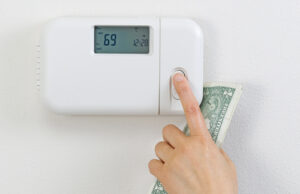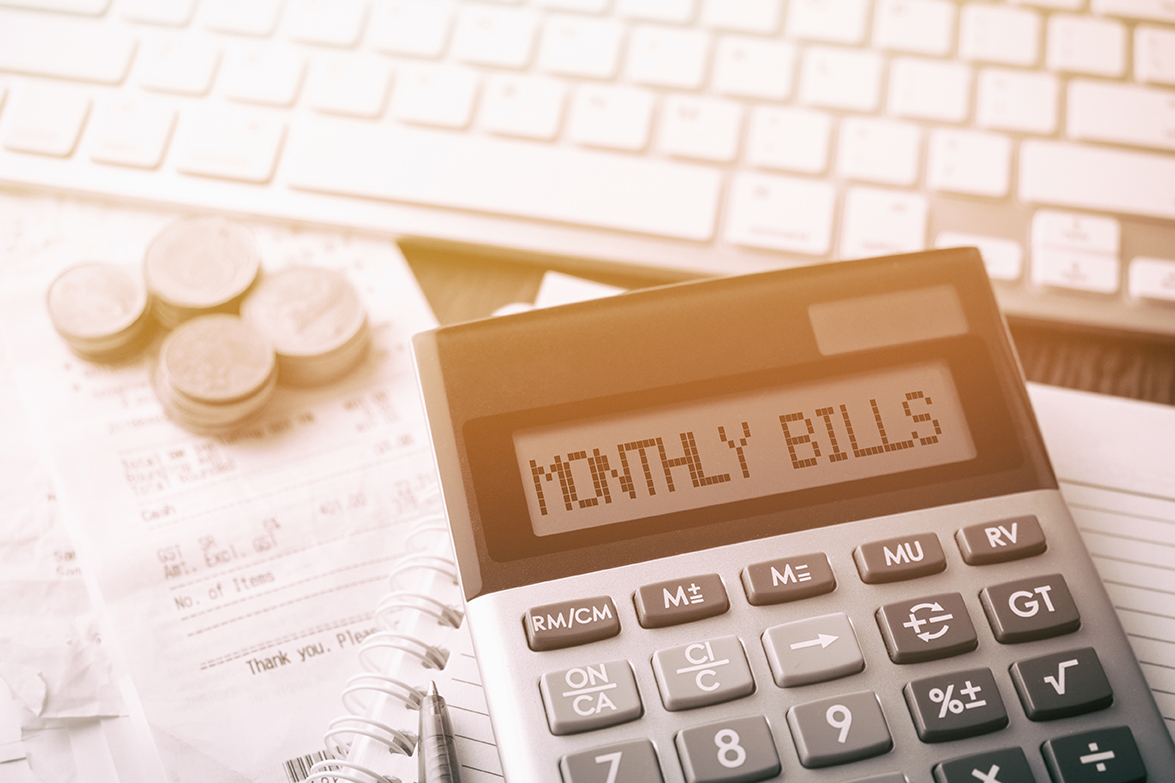Your First Step to Energy Efficiency

One of the easiest ways to save money on electricity is by not using as much of it. But, how can you know how much electricity you need vs. how much you waste? A home energy audit can reveal where and how you use energy in your home. It can also help you optimize your usage so you can make your home as energy efficient as possible. So, let’s discover how much a home energy audit can save you, and how to get started.
Why Do an Energy Audit?
Knowing how much electricity you use can save you a lot of money. For one, your usage can help you pick the right plan for your home. But, having an audit can also pinpoint where and how you’re wasting electricity.
The average 2,000-square-foot Dallas home uses 1,000 kWh per month. Assuming a rate of 14.9 cents per kWh, that would mean that the monthly electricity bill comes out to $149. But, the average household wastes 35% of its electricity usage every month. So, an energy audit could show where that waste goes, and optimizing it could even save $50 per month.
So, how do you get started with a home energy audit?
Professional Energy Audit
Of course, getting a professional energy audit is what most households choose. The value is accuracy because a professional can tell you exactly where your energy usage goes, and how you can improve. But, the downside is the price.
DIY Energy Assessment
Doing your own home energy audit isn’t just cheaper. You can also do it as often as you need. Plus, you learn more about your usage and adopt habits that can save you even more money. You can do a DIY home energy audit in 7 simple steps:
- Locate and seal air leaks: Most commonly around windows, doorways, and the attic.
- Think about ventilation: Make sure you think about how potentially harmful gases (such as CO) can ventilate.
- Examine insulation: Heat loss through your walls, ceiling, or floor can be significant, depending on what material your house was built with.
- Inspect your heating and cooling equipment: Regular AC and heater maintenance can ensure its efficiency and prolong its life.
- Check your lightbulbs: 10% of electricity usage goes to lighting. So, make sure that the bulbs you use are eco-friendly and reduce your electricity needs.
- Identify energy vampires: Every light left on, every charger left plugged in, and every washing machine started without a full load is a certified energy vampire. Where you can’t change your habits, you can change your equipment.
As step 7, every DIY home energy audit has to end with some calculations. Ask yourself these questions:
- How much do you spend on electricity?
- Where are your greatest energy losses?
- What can you do to minimize these?
- What can you DIY yourself, and what needs professional attention?
- Does your electricity plan fit your household’s needs?
The answers will help line up how you can improve your home’s energy efficiency, and save you money on your usage.
Tools For Your Home Energy Audit
These tools don’t just make it easier for you to discover your own home’s energy efficiency. They also give you great ideas on how you can improve.
- Compare: Want to know how your home’s energy efficiency compares to others? Use the Energy Star Home Energy Yardstick and find out if you’re as energy efficient as you can (or should) be.
- Get personalized recommendations: If you’re not sure where to get started with improving your home’s energy efficiency, Energy Star’s Home Advisor is a good starting point.
- Take an inspirational VR tour: This VR tour of an energy-efficient home can give you great ideas on how to improve your own house.
An Easy Way to Save Money on Electricity
A home energy audit can help you identify where you can improve your energy efficiency, which can save you a lot of money in the long run. But, a quicker way to save money on your electricity bill is to secure a cheap rate from the get-go.
Visit https://www.texaselectricityratings.com/ to find current deals, compare the rates, and choose the best plan for your home.

